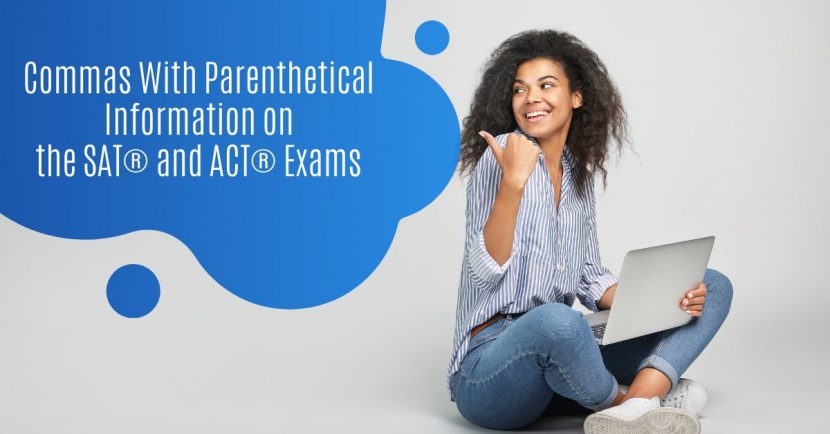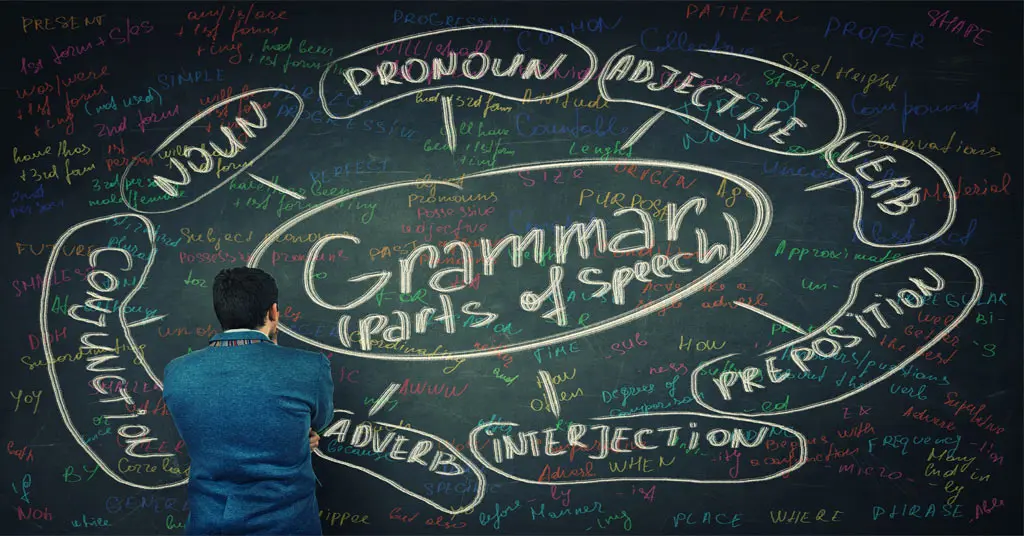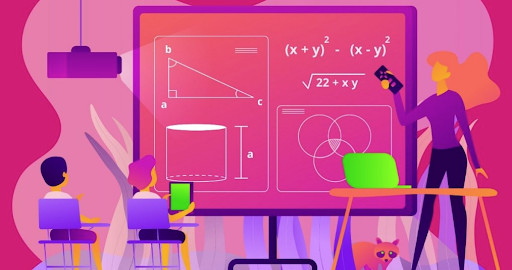Both the SAT and ACT exams test whether students know that a pair of commas can set off parenthetical (extra, nonessential) information from the rest of the sentence. Doing so indicates that the information is nonessential and could be removed from the sentence without changing its meaning.
Occasionally, that extra information interrupts introductory information and the independent clause.
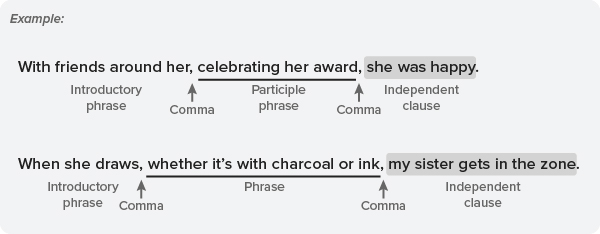
Mostly, the SAT and ACT exams test your understanding of parenthetical information that interrupts the subject and predicate (main verb and all the information included with it). That extra information can be fit into a variety of categories:
- Definitions

- Prepositional phrase

- Noun phrase

- Participle phrase

- Clause (subject and verb).

When parenthetical information appears on the SAT and ACT exams, the sentences usually already contain one comma before or after the parenthetical information. That comma helps you recognize that there needs to be another comma, not a different punctuation mark, on the other side of the parenthetical information.
The SAT and ACT exams try to distract students by removing the other comma, putting the comma in the wrong spot, or replacing the comma with another punctuation mark.
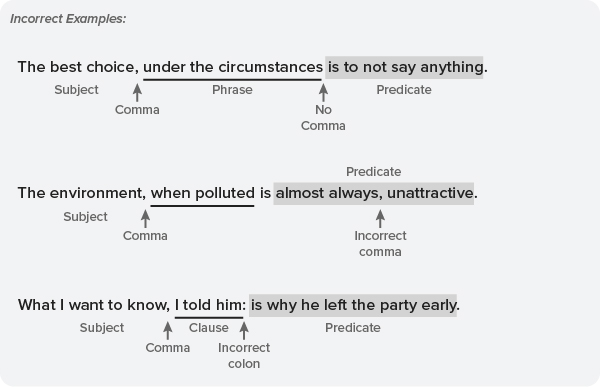
If you need more practice with comma and other punctuation questions, use the released tests provided by the College Board and ACT or practice online with exam-like questions at websites like UWorld .
